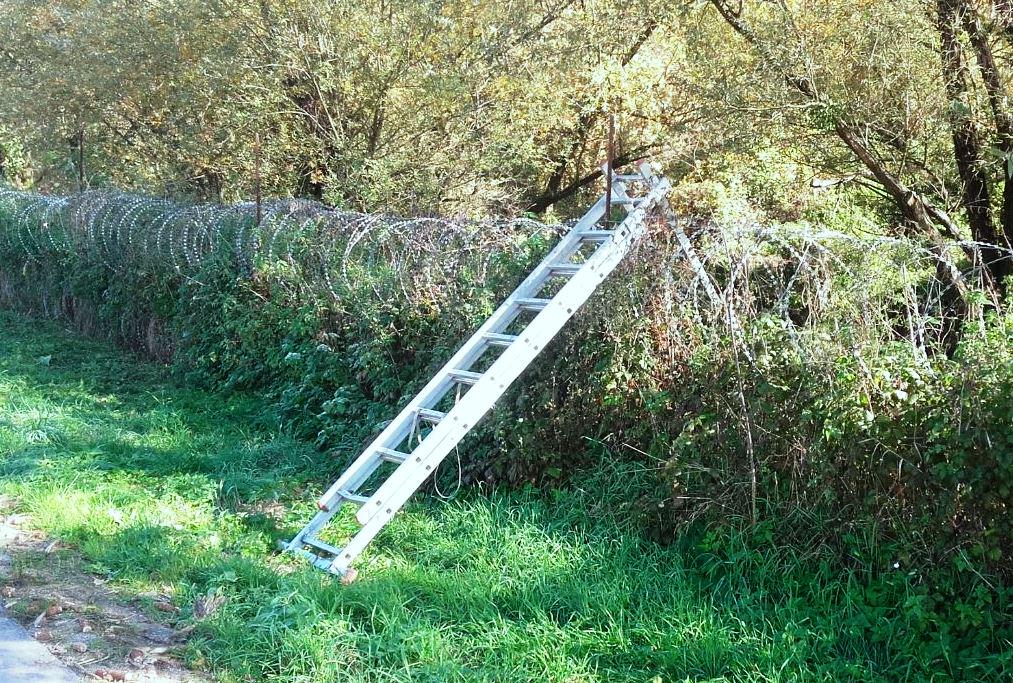
Two years after PM Miro Cerar announced building "technical obstacles" on the border, official governmental estimates put the current total cost at "approximately 8.34 million euros".
In this year alone, the state budget paid 640,000 euros for adding new fences and replacement of barbed wire with panelled fence. Additionally, the police paid 92,000 euros for grass cutting along the fence, and at least 161 land owners have already filed for compensation. It is not yet clear how precisely how many claims have been laid, as the interior ministry still hasn’t received data on filed claims from five regional administrative units although the deadline was four months ago.
Number of illegal crossings 2.5 times higher than last year
However, the number of detected illegal border crossings is higher month after month. Despite police patrols aided by at least 30 soldiers daily, between January and late September this year (police does not yet have more recent data) 1,439 people who had illegally crossed the border were intercepted on the Slovenian side. According to police analyses, this amounts to 120 percent more than in the same period last year, when 653 people were apprehended. More than half were intercepted in the territory of the Koper Police Unit.
Border fence cut with police knowledge?
In addition to this, police registered 42 criminal cases of damages to the technical obstacles. However, owners did not try to block or protest against erecting the temporary obstacles. Yet, the fence has been torn or open in several places, most probably with the knowledge of the police. As seen in the photo, the fence has been cut in Imeno, a small settlement by the Sotla River. According to its inhabitants, local made the opening quite a while ago and despite regular patrols in this areas the police did not opt to fix it.
According to data from the interior ministry, Slovenia currently hosts 523 people with approved international protection status, while 206 are still waiting to have their applications processed. In the past two years, the number of applicants for asylum and protection has increased and exceeded 1,000 per year. In 2016, Slovenia approved the status to 170 applicants.

































































